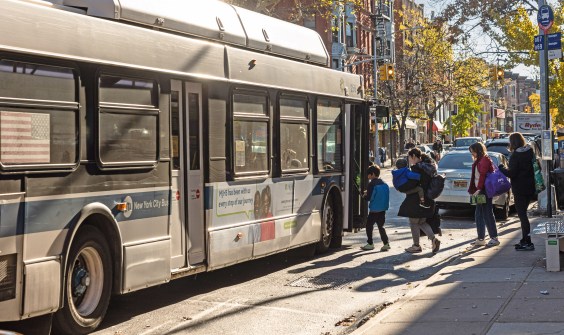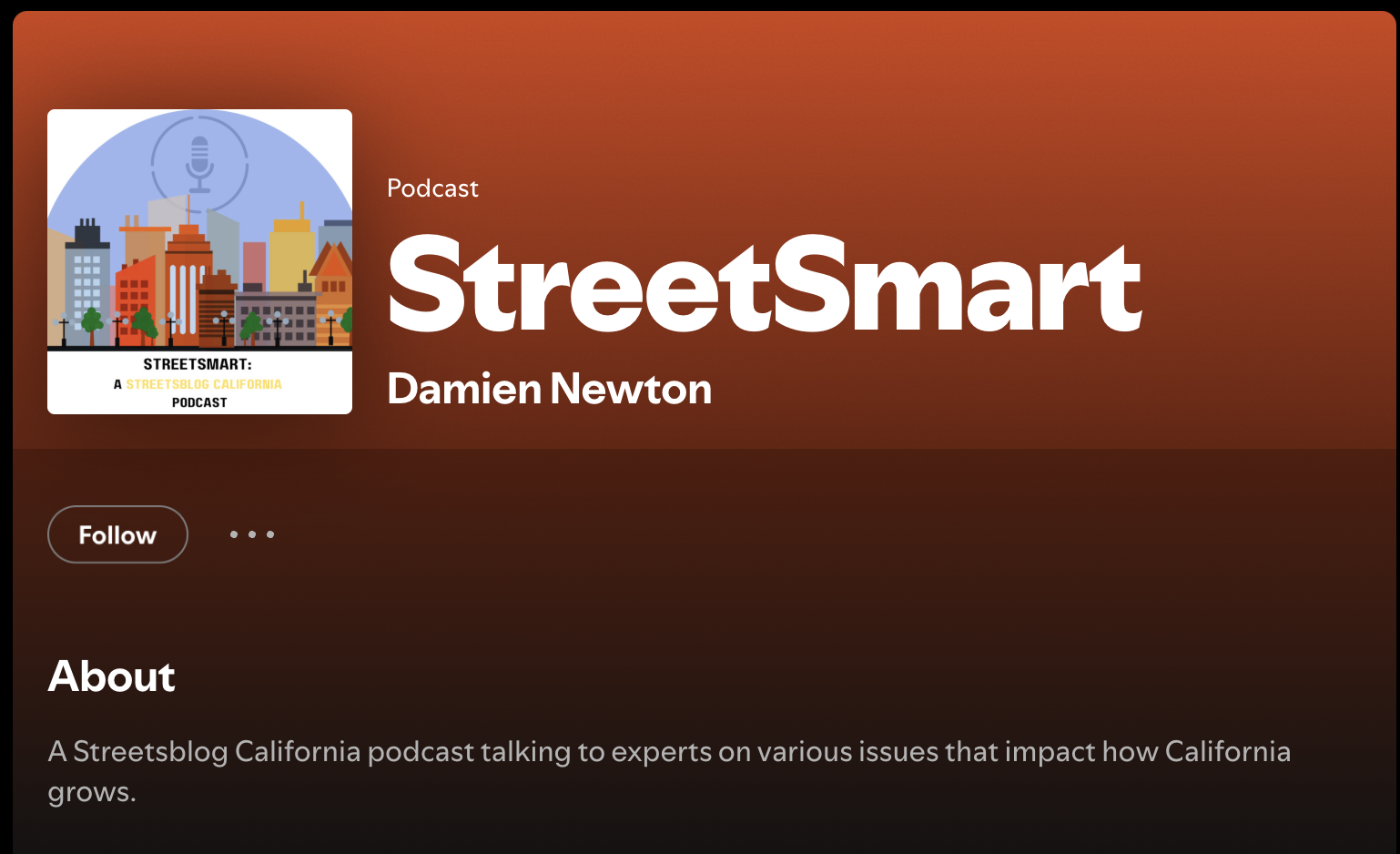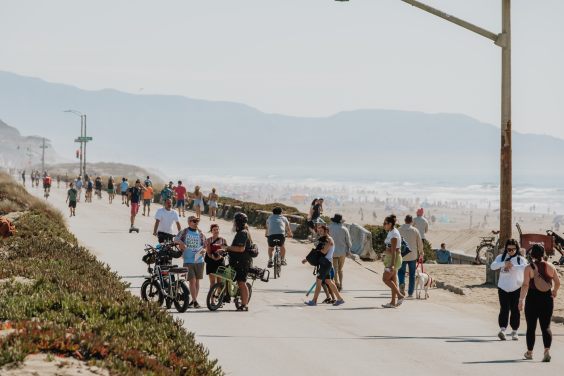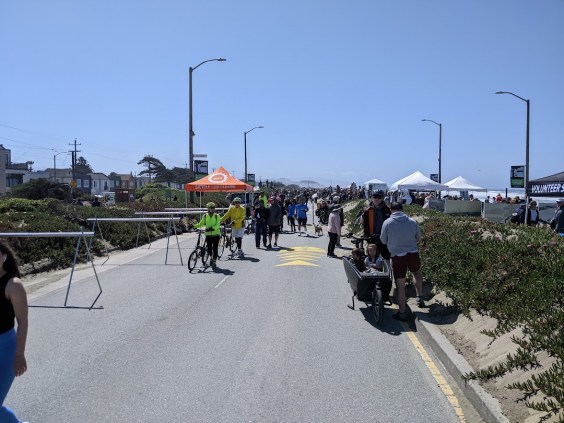California's Joint Legislative Committee on Climate Change Policies opened the 2024 legislative session yesterday with an informational hearing to talk about how the state should proceed in its climate policies. Cap-and-trade, created in 2006 as a "market mechanism" to encourage industries to reduce emissions, is due to expire in 2030, although the state's emission reduction targets would remain in place.
Cap-and-trade is not the only climate policy California has in place, and a lot of the questions asked by Committee Chair Senator Henry Stern focused on how much of a "backstop" the policy is, if other efforts fail. That is, if the state cannot fully electrify its vehicle fleet, cannot fully decarbonize fuels, cannot figure out how to capture and sequester carbon emission, and cannot reduce vehicle miles driven, does cap-and-trade become the only way California has to reach reduce emissions?
All Strategies Are Needed
The message from Liane Randolph, Chair of the California Air Resources Board, is that all the efforts are needed. The agency is currently studying ways to amend the cap-and-trade program, including whether and how to make the "cap" more stringent to drive more emissions reductions. Many factors need to be considered, including the interplay between the auction price of allowances, the practice of banking allowances to use in the future, the use of offsets (in which a company pays for and gets credit for someone else's emission reductions), and the implications of linking California's cap-and-trade program with other jurisdictions (currently Quebec, and potentially with the state of Washington).
Chair Randolph noted that the discussions around how to proceed with cap-and-trade "must keep in mind that making a change to just one feature of a carefully constructed market program will affect the rest. No design features can be considered in isolation." But she also stated that the need to fight climate change "requires nothing less than a transformation in our built environment, across all state agencies, and we need continued partnership with the federal government. All of it will be more challenging and complex than what we have done thus far."
"We also need a complete and detailed analysis of the cost of inaction," she added. "Too frequently, these are incomplete and unacknowledged. Our choices are not between paying now and doing nothing, but paying now or paying dearly later," in environmental degradation and in human lives.
Reducing Driving Is Not an Optional Tactic
The first questions from committee members addressed the one strategy CARB has kept relatively quiet about: reducing driving. The agency's most recent scoping plan says that reducing driving is absolutely necessary - that all other climate strategies combined won't be enough if we continue the current upward trajectory in vehicle miles traveled (VMT). But it has had relatively little to say about what strategies, policies, or regulations might help - especially compared to its relatively enthusiastic embrace of theoretical notions like carbon capture.
Senator Catherine Blakespear asked Chair Randolph for advice on how to reduce driving. "What could we do to better invest in transit to reduce VMT," she asked. "Not just money, but intention. CARB sets certain standards, and agencies have to make plans to meet them, but local entities make funding decisions that might not align with statewide or regional concerns," she said. "VMT is not going down. It's concerning to me that we have underinvested our attention in those strategies."
Randolph merely acknowledged this as a "difficult challenge." She suggested making sure that investments are consistent with climate goals, and giving regional and local governments the legislative authority to pursue road pricing strategies, and supporting infill development.
Assemblymember Laura Friedman has made those topics a focus of much of her legislation and currently has two bills that aim to align transportation planning and funding with climate goals. But getting the legislature - and the Governor - to agree has been a slog.
"If we are not able to reduce VMT, what will the impact be?" Friedman asked Randolph. The Chair's response was a list of all the many co-benefits that would come with less driving: more sustainable communities, more affordable housing with multimodal connections to jobs and other destinations, increased health benefits. Not having to drive everywhere "reduces the friction of daily life," she said, and talked about how polls show people would prefer not to have to drive as much as they do.
"Thank you for pointing out the co-benefits," said Friedman. "What are the impacts to emissions of increasing VMT, as we are doing now?"
"We need all the strategies to meet our targets," said Randolph. "We need each part of the program to perform as well as or better than [what] the scoping plan [calls for]."
Friedman pointed out that the scoping plan puts a lot of weight on VMT reduction to help meet targets. "This seems very aspirational, without having the weight of regulation, or a clear strategy," she said. "All of the agencies have to have a very clear roadmap for how we reduce VMT. The co-benefits you mention are extremely real; you rightfully point out the connection between housing and transportation. We could all have such a better future if we're all on the same page on this."
"I also want to make sure the state continues investing in programs like REAP 2.0, rather than investing in encouraging sprawl," she said.
Industry Has a Lot of Say
Industry representatives and others urged the legislature to quickly reauthorize the cap-and-trade program to allow industry to plan ahead with some certainty. But the last time cap-and-trade was reauthorized, it cemented in a number of sweet deals for industry which have made it a much less effective program. These deals included subsidies for fossil fuel companies in the form of free allowances "to all industrial facilities blind to sectoral differences in energy intensity, trade exposure, leakage risk, or the ability to innovate," according to the committee's report.
That report also notes that "the Legislature should reconsider the current statutory allocation scheme… to ensure environmental justice considerations and industrial job creation opportunities are not overlooked again."
Note that no one said that industry should just go ahead and invest in reducing emissions, regardless of incentives or regulations, because it's the right thing to do.
Long into the delayed, late-running hearing, Dr. Catherine Garoupa of the Central Valley Air Quality Coalition and a member of CARB's environmental justice advisory committee, said that "offsets are fake and dubious, and the point of that program is not to reduce emissions. It is to reduce costs for industry; it does not help communities."
"We have to keep in mind that clean air is a human right, and we have to focus on real emission reductions," she added.
"If we fail on VMT, according to the plain language in the scoping plan, we will not be on track to meet emission reduction targets," said David Weiskopf of NextGen Policy. "In 2030, roughly 2/3 of [needed] emission reductions will come from reductions in car dependency, and only a small portion from electrification. Every knob is already turned to 11 - on electrification, on cap-and-trade. We don't have the option to say we just can't reduce VMT."
"The state doesn't have VMT reduction targets, the way we have emission reduction targets, and we should," he added. "Creating a less car-dependent California could greatly reduce emissions, cut costs, and reduce collisions. There is an urgent need to consider and adopt policies that get at the cause of car dependency, which is freeway expansion." As long as California continues investing in bigger highways, emissions will continue to worsen.






